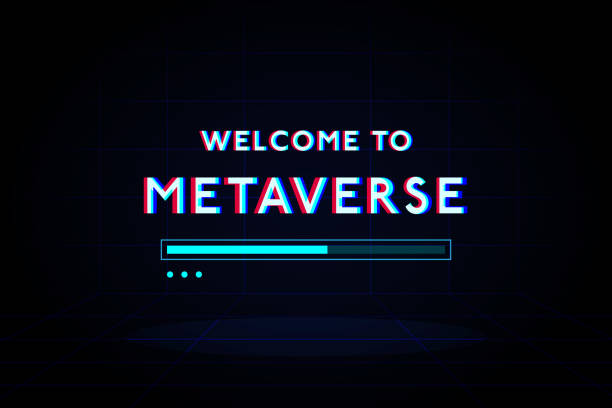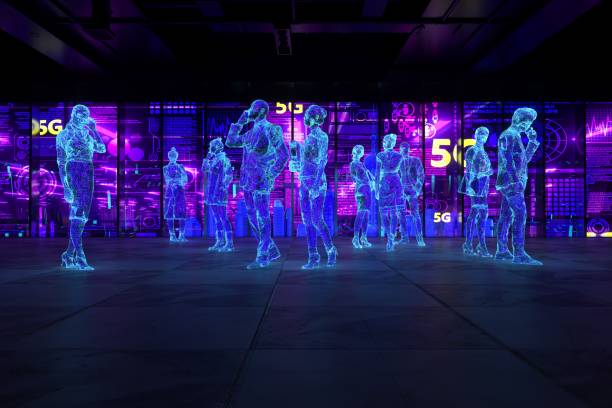The concept of the Metaverse, a fully immersive virtual world that blends elements of the physical and digital worlds, has been around for decades. However, with the rapid advancement of technology in recent years, the idea of a functioning Metaverse is becoming more plausible than ever before.
While we may not yet have a fully realized Metaverse, there are already several elements of this virtual world that are becoming real. Here are some key parts of the Metaverse that are already taking shape:
Virtual Reality (VR) and Augmented Reality (AR) Technologies
The foundation of the Metaverse is virtual and augmented reality technologies, which allow users to interact with digital environments in immersive and realistic ways. Over the past few years, VR and AR have become increasingly accessible, with devices like the Oculus Quest and Microsoft HoloLens offering users an affordable way to experience these technologies.
As these devices become more widespread, we're likely to see more companies and developers investing in the creation of immersive digital worlds that can be explored using VR and AR. For example, the popular game Fortnite recently hosted a virtual concert featuring rapper Travis Scott, which was attended by over 12 million players.
Social Media and Online Communities
Social media and online communities are already an integral part of our lives, but they will play an even more significant role in the Metaverse. In a virtual world where users can interact with each other and with digital environments, social media will become a key way for people to connect and form communities.
Platforms like Facebook, Instagram, and Twitter are already experimenting with virtual reality and augmented reality features that allow users to interact with each other in more immersive ways. We're also seeing the rise of new social media platforms that are specifically designed for virtual worlds, like VRChat and Rec Room.
Digital Economies and Cryptocurrency
As the Metaverse becomes more real, we'll also see the rise of digital economies that allow users to buy, sell, and trade virtual goods and services. Cryptocurrency will play a major role in these economies, as it provides a secure and decentralized way to transfer value within the Metaverse.
We're already seeing the emergence of digital marketplaces like OpenSea and Nifty Gateway, which allow users to buy and sell non-fungible tokens (NFTs) - unique digital assets that are stored on the blockchain. These NFTs can include anything from virtual real estate to digital art, and their value is determined by supply and demand within the Metaverse.
Gaming and Entertainment
Gaming and entertainment are likely to be the biggest drivers of the Metaverse, as they provide a compelling reason for people to spend time in virtual worlds. We're already seeing the rise of massively multiplayer online games (MMOs) like World of Warcraft and Final Fantasy XIV, which allow players to explore vast digital worlds and interact with other players in real-time.
As VR and AR technologies become more advanced, we're likely to see even more immersive and engaging games that blur the line between the physical and digital worlds. We're also seeing the rise of virtual events and experiences, like the Travis Scott concert mentioned earlier, which allow people to come together and experience something in a way that was previously impossible.
Virtual Real Estate
As the Metaverse becomes more real, we're also seeing the emergence of virtual real estate markets. Just like in the physical world, users can buy and sell digital properties like virtual land and buildings within the Metaverse.
Virtual real estate can be used for a wide range of purposes, from building homes and businesses to hosting virtual events and experiences. We're already seeing companies like Decentraland and The Sandbox offer users the ability to purchase virtual land and build whatever they can imagine on it.





0 Comments